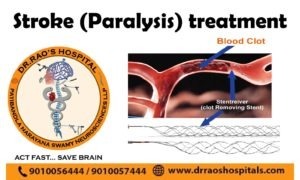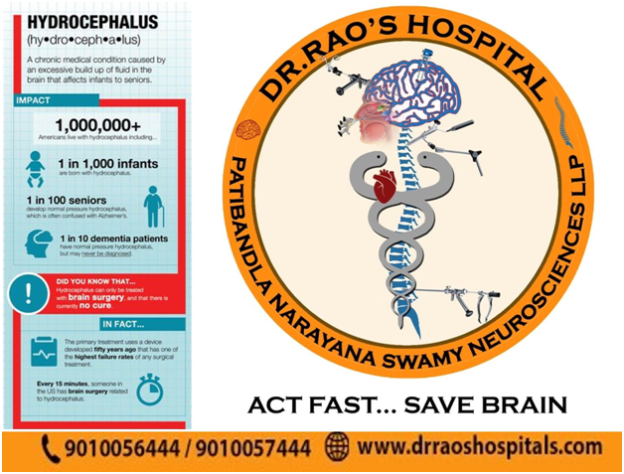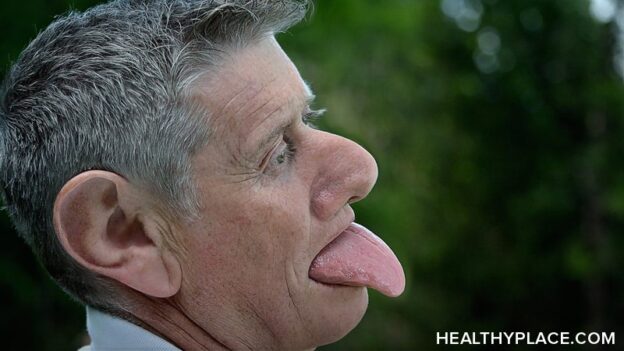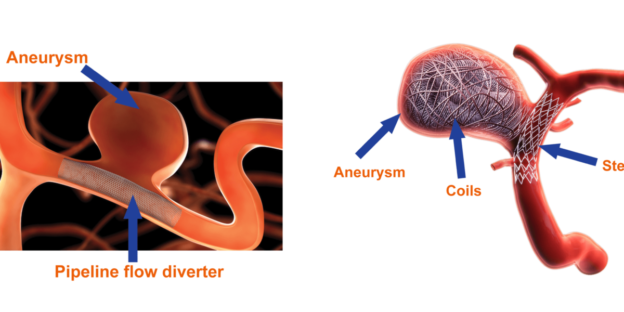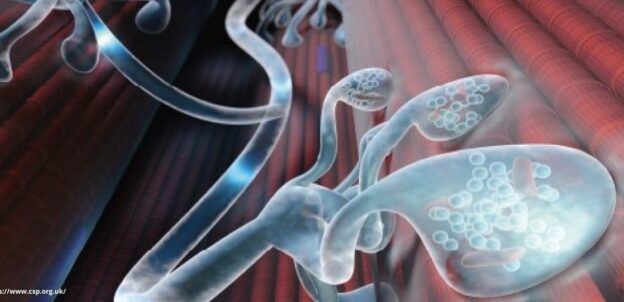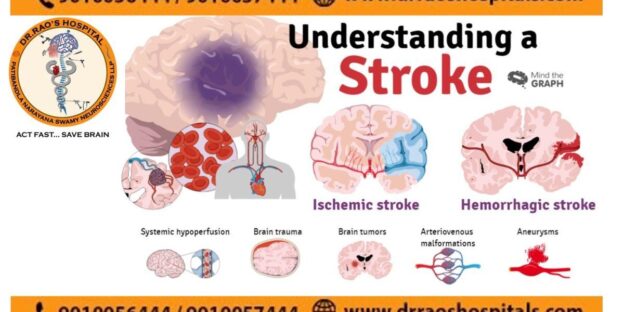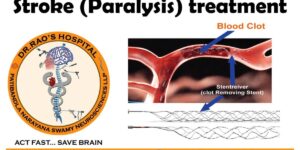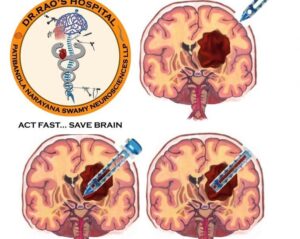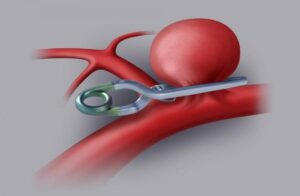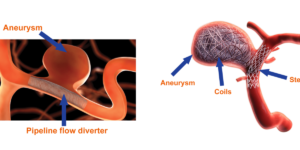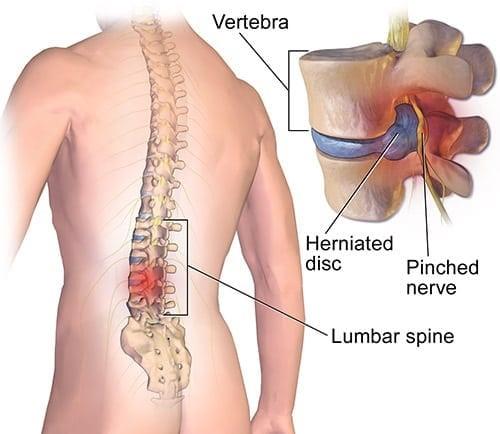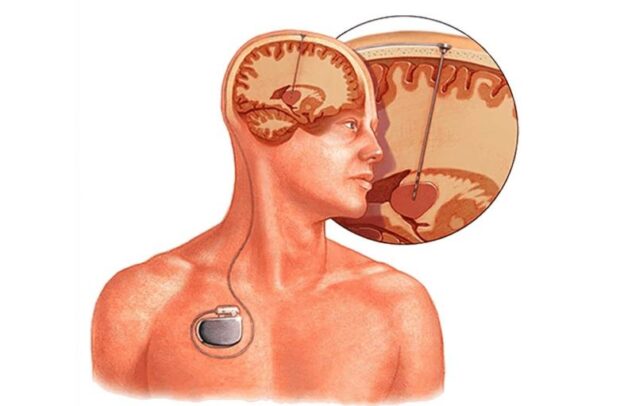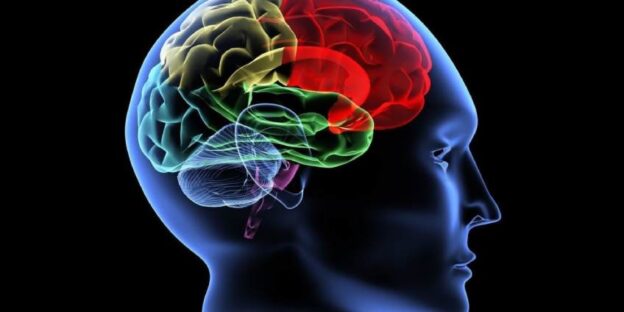The most effective STROKE treatment is MECHANICAL THROMBECTOMY.
MECHANICAL THROMBECTOMY – Stroke is dangerous and very damaging. It is caused by a blood clot that disrupts the flow of blood to the brain.
However, it is now possible to overcome the dangerous stroke with a procedure called mechanical thrombectomy. Yes, mechanical thrombectomy treatment by the best neurologist in Guntur can help one successfully defeat a stroke.
But what is a mechanical thrombectomy?

Mechanical Thrombectomy is an effective stroke treatment. It helps remove blood clots that disturb blood flow in the body. Blood clots slow down blood flow in the body, causing different complications. Mechanical Thrombectomy removes these blood clots. It helps treat stroke and other complications caused by the formation of blood clots. Mechanical Thrombectomy help one deal with strokes and confront them effectively. Now, one can courageously face and defeat problems like a stroke with the help of mechanical thrombectomy treatment from the best neurology hospital in Guntur.
What Causes Stroke?
The common risk factors that lead to stroke are as follows:
· Improper Sleep
· Fear and anxiety
· Irregular eating habits
· Air Pollution
· Smoking and drinking alcohol
In case you get a stroke, it is advisable to seek immediate help from neurologists at Rao Hospital, Guntur. With treatments like mechanical thrombectomy, you are sure to recover from a stroke.
What kinds of devices are used in mechanical thrombectomy procedures?
Neurosurgeons in Guntur carry out mechanical thrombectomies to remove blood clots using the following tools:
· Stentriever mechanical thrombectomy
The latest mechanical device is a stentriever. The device is a self-expanding mesh tube attached to a wire-guided through a catheter (thin tube). The surgeon inserts the catheter in an artery in the groin and guides the catheter through various blood vessels up to the blood clot in the brain.
· Aspiration thrombectomy –
Aspiration thrombectomy entails either manual cluster yearning or the use of catheter equipment to suck the coagulation out of the vessel.
How is the mechanical thrombectomy procedure performed?
In mechanical thrombectomy, neurosurgeons in Guntur use a vacuum or mechanical gear to remove blood clots. Thus, the blood flow is restored, and stroke gets treated.
To achieve effective results, it is advisable to get mechanical thrombectomy treatment from the best neurology hospital in Guntur.
Why go for a mechanical thrombectomy?
In mechanical thrombectomy treatment, one has a window of 24 hours from the onset of a stroke to have a chance to recover from a stroke. This will help more patients recover from stroke and save them from the harmful impact of stroke. Mechanical Thrombectomy is a ray of hope for people affected by stroke. Mechanical Thrombectomy give them hope and courage to fight strokes. It gives life to their dead hopes and courage to fight stroke. It is a powerful weapon that helps people to win against difficult stroke. Mechanical Thrombectomy also leads to a speedy recovery from stroke. So, going for mechanical thrombectomy treatment at the best neurology hospital in Guntur is advisable.
What is the problem with mechanical thrombectomy?
Though mechanical thrombectomy is an effective procedure to treat stroke, there aren’t sufficient neurology hospitals in Guntur that provide this stroke treatment option.
Conclusion
In this article, we learned about stroke and the risk factors that cause a stroke. We also learned about mechanical thrombectomy treatment, which helps treat stroke. We learned about the devices used in mechanical thrombectomy treatment and its procedure. We also learned about the advantages and problems of mechanical thrombectomy in Guntur. A stroke is a severe problem. Before it defeats you, you defeat it with the help of mechanical thrombectomy treatment from the best doctor in Guntur. Mechanical Thrombectomy not only gives you life but also gives life to your dead hopes and courage. Mechanical Thrombectomy is a powerful and effective weapon that helps you battle stroke. It enables you to defeat death and makes your life win this battle. So, now it’s time to make your life a winner, not the time to lose it and allow it to perish! Now it’s time to defeat and not get defeated! Now is the time to win! Now is the time to live!
Dr. Rao’s Contact Information:
- Phone: 9010056444, 9010057444
- Email: info@drraoshospitals.com
- Address: Old Bank St, GV Thota, Beside AK Biryani Point, Guntur, Andhra Pradesh 522001
- Website: Dr. Rao’s Hospital

